Colorful Colorado cottonwoods (and aspens and ashes)
olreader
10 years ago
Related Stories
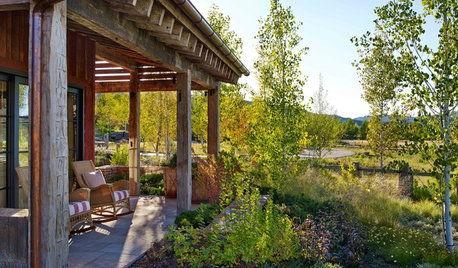
EVENTSSee 5 Colorado Landscapes That Blend Nature With Artistry
These Denver and Aspen gardens — part of the Cultural Landscape Foundation’s Garden Dialogues series — embrace their larger environments
Full Story
FALL GARDENINGHouzz Call: Show Us Your Fall Color!
Post pictures of your fall landscape — plants, leaves, wildlife — in the Comments section. Your photo could appear in an upcoming article
Full Story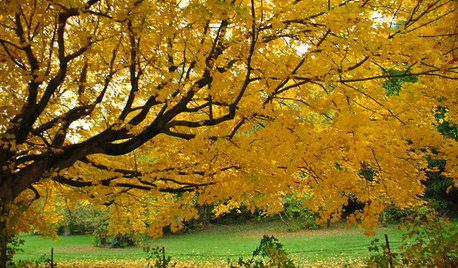
MOST POPULARBrilliant Scenes of Fall Color Indoors and Out
Celebrate the season with Houzzers’ photos of fall
Full Story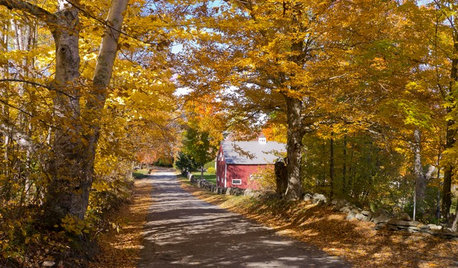
FALL AND THANKSGIVINGCelebrate the Season With Colorful Visions of Fall
Houzz readers share what autumn looks like in the United States and beyond
Full Story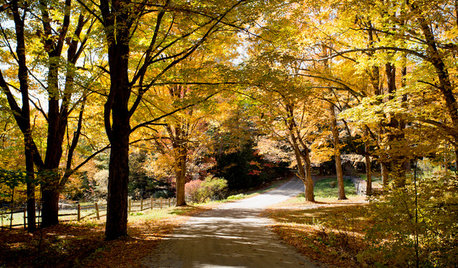
FALL GARDENINGHouzz Call: Show Us Your Autumn Views
Share your pictures of fall foliage and decor in the Comments. Your photos may be featured in an upcoming story!
Full Story
GARDENING GUIDESTree Care: Common Tree Diseases and What to Do About Them
Learn to recognize trees that may be affected by diseases or pests so you can quickly take action
Full Story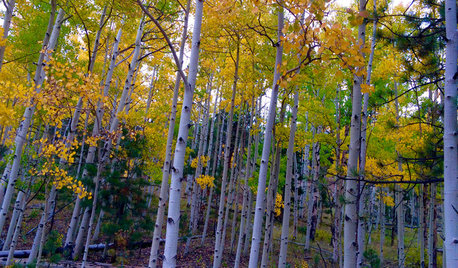
EARTH DAY‘Terroir’ Brings a Sense of Place to Your Landscape
Species native to and characteristic of your region firmly root your garden and landscape
Full Story
LANDSCAPE DESIGNThe Unparalleled Power of Trees
Discover the beauty and magic of trees, and why a landscape without them just isn't the same
Full Story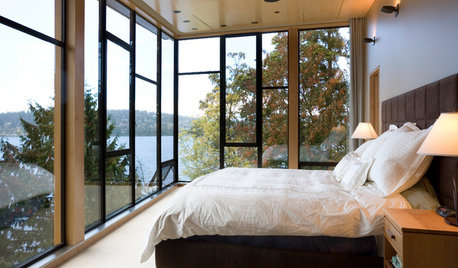
BEDROOMSDream Spaces: Bedrooms With Amazing Views
Soaring over the city or nestled amidst nature, these sleeping spaces focus on the most divinely designed feature of all
Full Story
PRODUCT PICKSGuest Picks: A Bicycle Built for Summer
Feel the wind in your hair without leaving your house with bike-adorned accessories that get your decorating wheels turning
Full Story









olreaderOriginal Author
whaas_5a
Related Professionals
Forest Park Landscape Architects & Landscape Designers · Eureka Landscape Contractors · Harvey Landscape Contractors · Mastic Beach Landscape Contractors · North Canton Landscape Contractors · Oak Harbor Landscape Contractors · Palos Verdes Estates Landscape Contractors · West Coon Rapids Landscape Contractors · 07920 Landscape Contractors · Tyngsboro Landscape Contractors · Highlands Ranch Siding & Exteriors · San Antonio Siding & Exteriors · Inwood Decks, Patios & Outdoor Enclosures · Roanoke Decks, Patios & Outdoor Enclosures · Sugar Land Decks, Patios & Outdoor EnclosuresolreaderOriginal Author
whaas_5a
hairmetal4ever
scotjute Z8
famartin
olreaderOriginal Author
olreaderOriginal Author